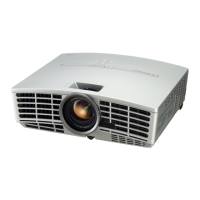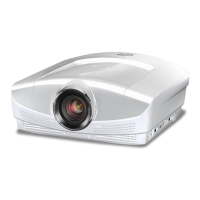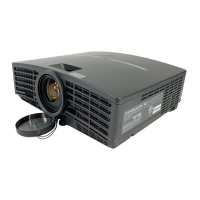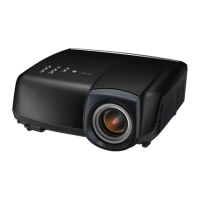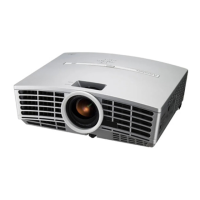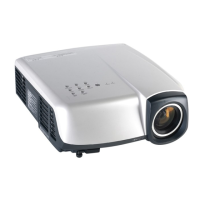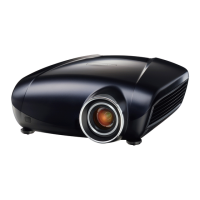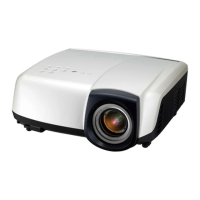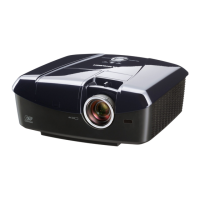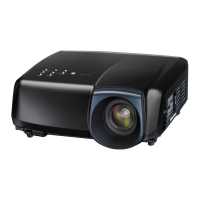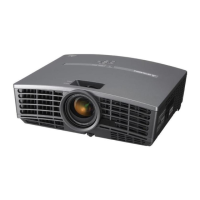Why does my Mitsubishi Electric HC3800 say 'NO SIGNAL'?
- MMichelle OconnorAug 14, 2025
If your Mitsubishi Electric Projector displays 'NO SIGNAL', ensure the connected device is powered on and functioning correctly. Verify that the external device is outputting signals. Check the cable connecting the devices for any defects and confirm it's connected to the correct terminals. Also, ensure the projector's input source is correctly selected. If using an extension cord, try replacing it with the supplied cable to see if that resolves the issue. If images are then projected correctly, consider using an RGB signal amplifier with the extension cord.


